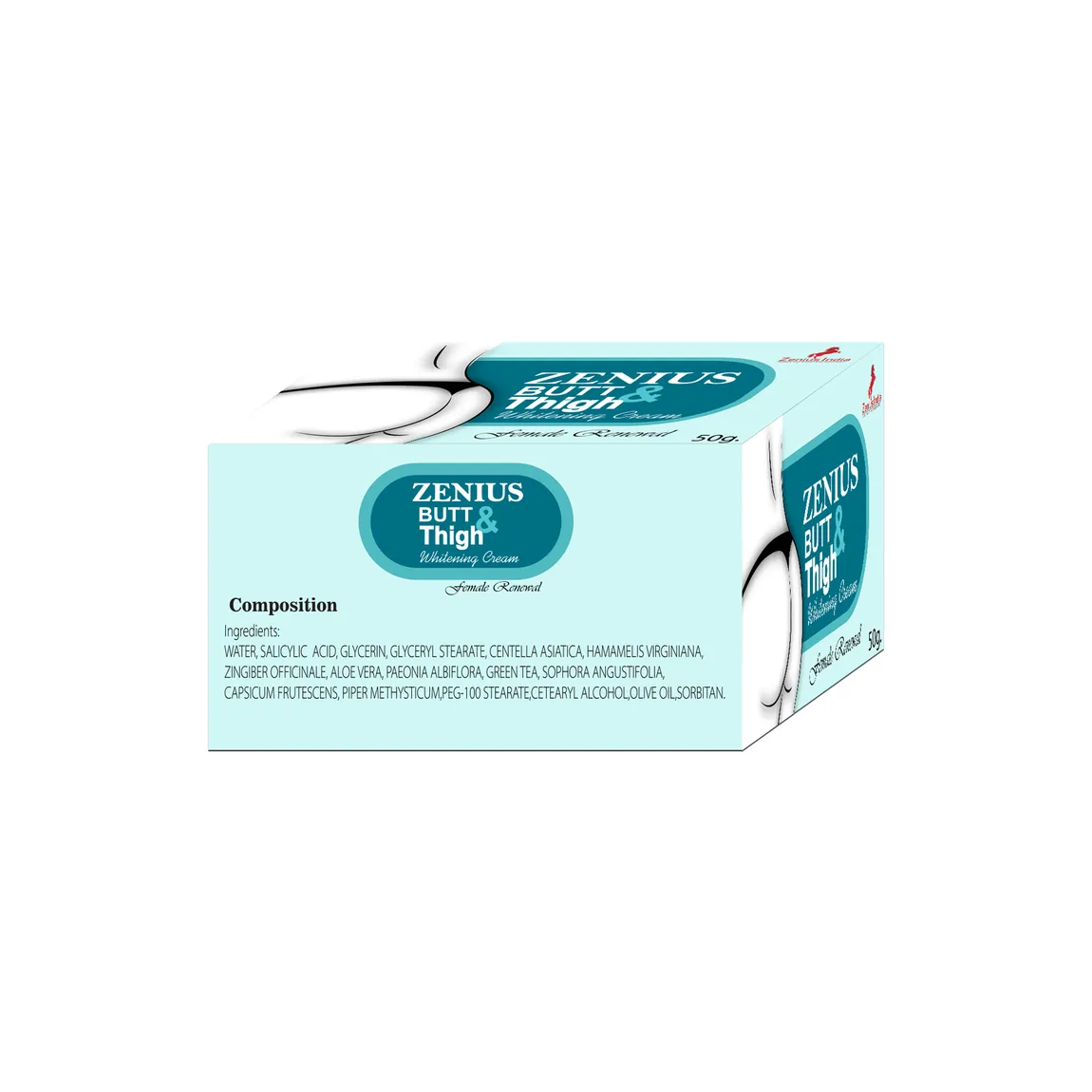Butt whitening, a sought-after skincare practice, aims to lighten the skin on the buttocks, addressing concerns related to uneven skin tone, dark spots, and hyperpigmentation. This comprehensive guide delves into the causes of discoloration, effective treatments, and essential tips to help you achieve brighter, more even-toned skin. Whether you’re looking to address specific skin issues or simply enhance your skin’s appearance, this guide provides the information and insights you need to embark on your journey towards a more radiant complexion. Understanding the factors that contribute to hyperpigmentation is the first step in effectively addressing and managing the condition.
What Is Butt Whitening
Butt whitening involves the process of lightening the skin in the buttock area to reduce the appearance of dark spots, uneven skin tone, and discoloration. This can be achieved through various methods, including topical creams, professional treatments, and home remedies. The goal is to improve the overall appearance of the skin, boost confidence, and address specific concerns related to hyperpigmentation. The effectiveness of these methods varies, depending on the individual’s skin type, the severity of the condition, and the chosen treatment approach. It’s essential to understand the root causes of the discoloration to implement an effective strategy.
The Causes Of Hyperpigmentation
Hyperpigmentation, the darkening of the skin, can result from several factors. These factors often interact, making it crucial to address multiple causes for effective treatment. Understanding the root causes is key to developing a targeted approach to butt whitening and maintaining long-term results.
Friction
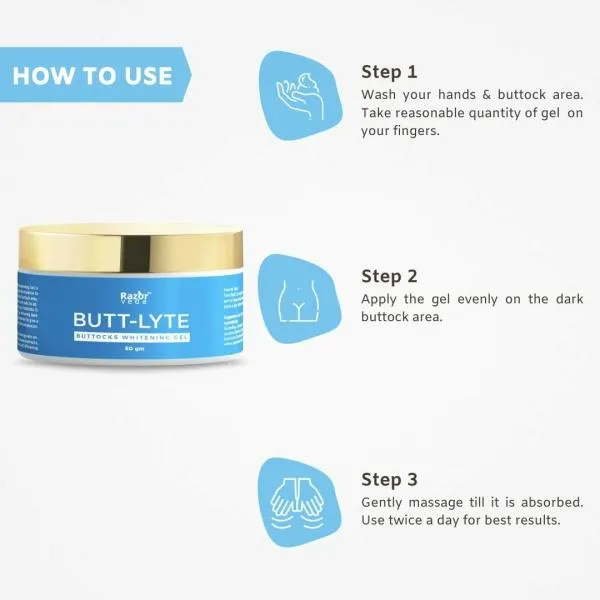
Repeated friction, such as that caused by tight clothing, prolonged sitting, or certain types of exercise, can irritate the skin and trigger increased melanin production. This can lead to dark spots and discoloration over time. The constant rubbing and pressure exacerbate the issue, making prevention and targeted treatment crucial for improvement.
Sun Exposure
Exposure to the sun’s harmful UV rays is a major contributor to hyperpigmentation. The skin produces melanin to protect itself from the sun, but excessive sun exposure can lead to an overproduction of melanin, resulting in dark spots and an uneven skin tone. Using sunscreen and covering the area is crucial to prevent further damage.
Hormonal Changes
Hormonal fluctuations, such as those during pregnancy or due to certain medical conditions, can also cause hyperpigmentation. These changes can stimulate melanin production, leading to darkened areas on the skin. Addressing the underlying hormonal imbalance, if applicable, is an important part of managing the condition.
How To Prepare Your Skin
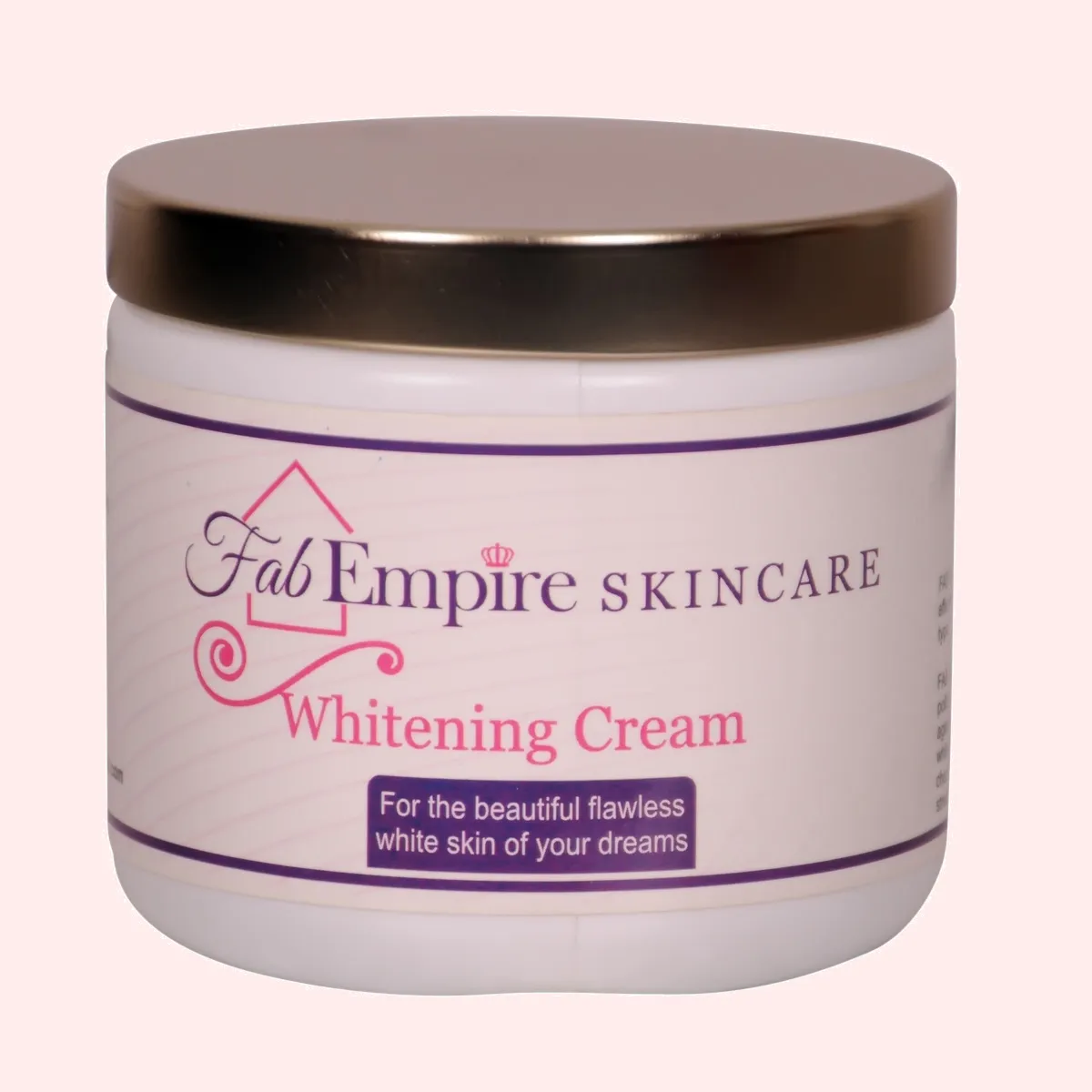
Preparing your skin is crucial for maximizing the effectiveness of butt whitening treatments. By following these steps, you can optimize your skin’s condition and increase the likelihood of achieving the desired results. Proper preparation involves gentle exfoliation, cleansing, and moisturizing. These steps work in harmony to promote healthy, radiant skin.
Exfoliation
Exfoliation removes dead skin cells, unclogs pores, and promotes cell turnover, which can help lighten the skin and improve the effectiveness of other treatments. Regular exfoliation keeps the skin smooth and allows for better absorption of whitening products. It’s a key step in preparing the skin for lightening treatments, contributing to more even and brighter skin.
Choosing The Right Exfoliants
Choose gentle exfoliants to avoid irritation. Ingredients such as alpha-hydroxy acids (AHAs) like glycolic or lactic acid, and beta-hydroxy acids (BHAs) like salicylic acid, are effective for chemical exfoliation. For physical exfoliation, consider using a gentle scrub with finely ground particles or an exfoliating mitt. Avoid harsh scrubs that can cause micro-tears in the skin. Start slowly and adjust based on your skin’s sensitivity.
Gentle Cleansing
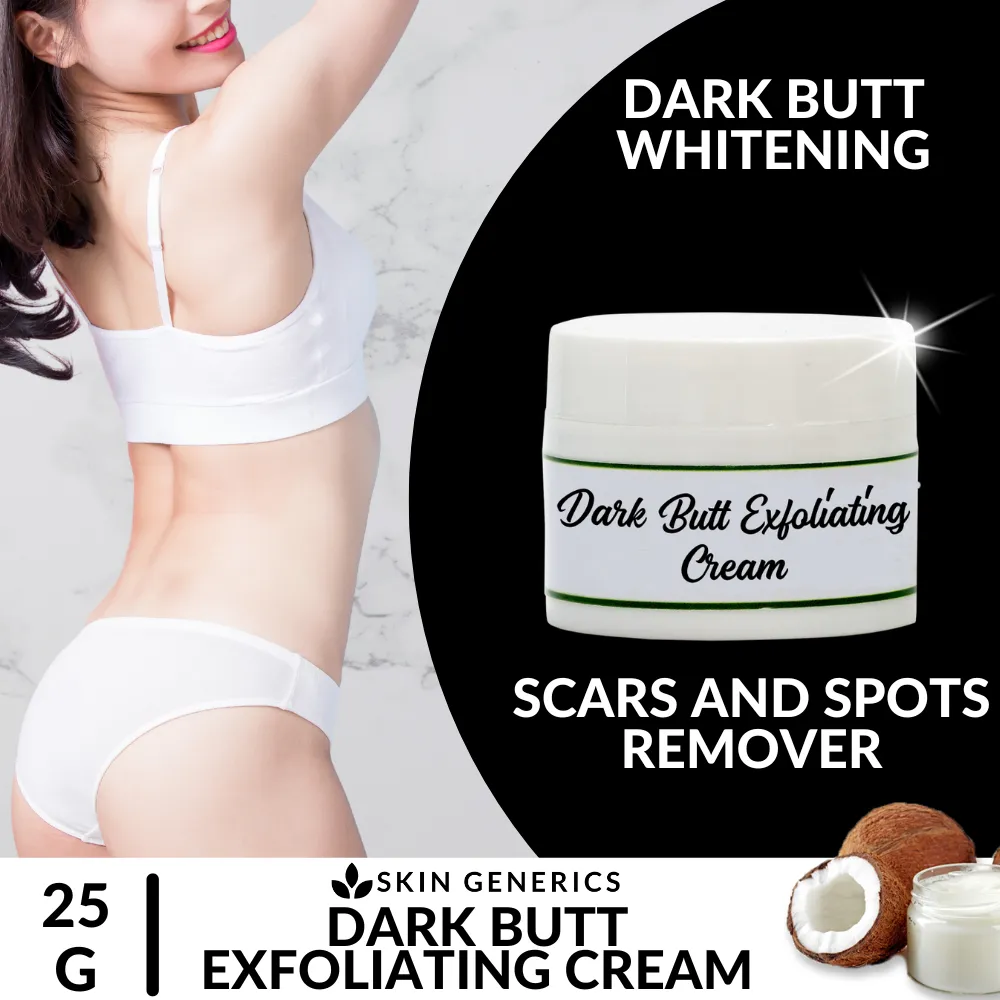
Use a gentle, non-irritating cleanser to remove impurities without stripping the skin of its natural oils. Harsh soaps can exacerbate dryness and irritation, hindering the whitening process. Look for cleansers with moisturizing ingredients and avoid those with strong fragrances or sulfates. Proper cleansing creates a clean base, allowing subsequent treatments to work more effectively.
Moisturizing
Hydrated skin is more receptive to whitening treatments and appears healthier overall. Apply a fragrance-free, hypoallergenic moisturizer after cleansing and exfoliating. Look for ingredients like hyaluronic acid, ceramides, and shea butter to lock in moisture and support skin barrier function. Consistent moisturizing is essential for maintaining healthy, radiant skin and maximizing the benefits of butt whitening treatments.
Effective Butt Whitening Treatments
Several effective treatments can help lighten the skin on the buttocks, ranging from over-the-counter products to professional procedures. Choosing the right treatment depends on your skin type, the severity of the hyperpigmentation, and your personal preferences. These methods provide various ways to address uneven skin tone and achieve a brighter, more uniform complexion.
Topical Creams
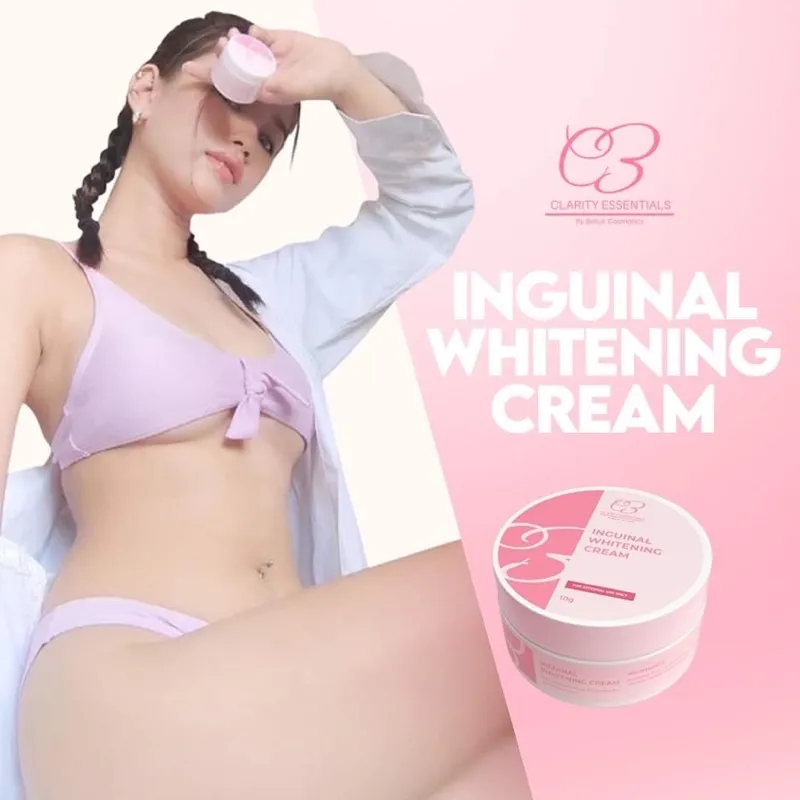
Topical creams are a popular choice for butt whitening due to their accessibility and ease of use. These creams typically contain active ingredients that inhibit melanin production or promote skin cell turnover. When used consistently and as directed, they can deliver noticeable results. However, it’s essential to be patient, as results may take several weeks or months to appear. Choose creams specifically formulated for sensitive areas and follow all instructions carefully.
Ingredients To Look For
Look for creams containing ingredients like hydroquinone (use with caution and consult a dermatologist), kojic acid, arbutin, niacinamide, and vitamin C. Hydroquinone is a potent skin-lightening agent, but it can have side effects, so it should be used under the guidance of a dermatologist. Kojic acid is a natural compound that inhibits melanin production. Arbutin is a derivative of hydroquinone that is often gentler. Niacinamide and vitamin C offer additional benefits, such as improving skin tone and providing antioxidant protection.
Professional Treatments
Professional treatments, performed by dermatologists or licensed professionals, can provide more significant results than topical creams. These treatments often involve more powerful ingredients or techniques. Consulting with a professional ensures the treatment is appropriate for your skin type and the severity of the hyperpigmentation. Professional treatments can be more expensive, but they can offer faster and more effective results.
Chemical Peels
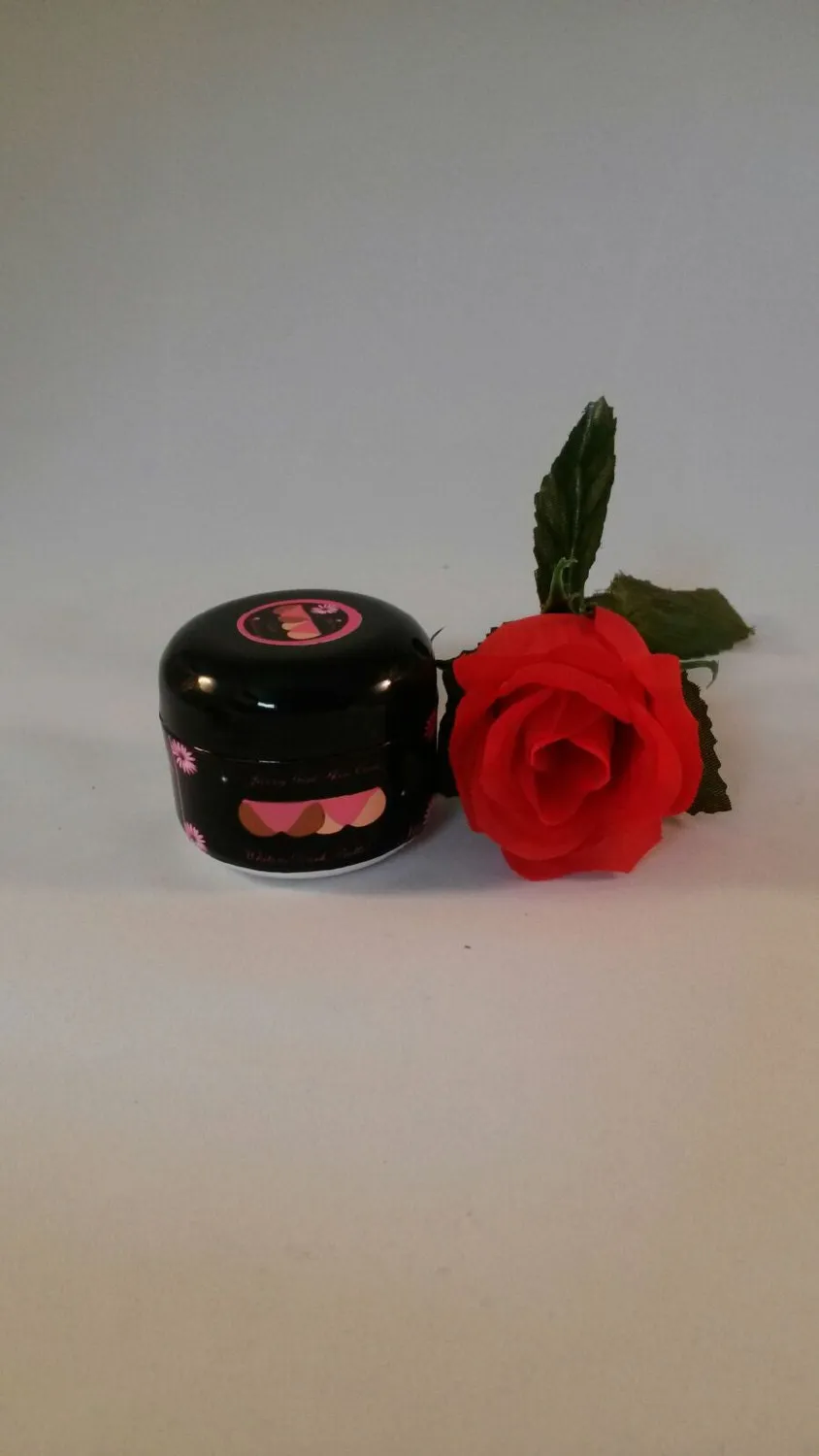
Chemical peels involve applying a chemical solution to the skin to exfoliate the outer layers, revealing brighter, more even-toned skin. These peels can vary in strength, from mild peels to more aggressive treatments. The type of peel chosen depends on the severity of the hyperpigmentation and the desired results. Chemical peels can be very effective, but they also carry some risks, such as irritation and redness. Ensure you follow post-peel care instructions carefully.
Laser Therapy
Laser therapy uses concentrated beams of light to target and break down melanin. This treatment is effective for reducing dark spots and improving overall skin tone. Different types of lasers can be used, depending on the specific concerns. Laser therapy is a more advanced treatment option that requires a skilled professional. It can offer significant results, but it can also be more expensive and may require multiple sessions to achieve the desired outcome.
Home Remedies For Butt Whitening
Home remedies can be a natural and cost-effective way to lighten the skin. These remedies often use ingredients readily available at home and can be incorporated into your regular skincare routine. While home remedies may not be as potent as professional treatments, they can provide gradual improvement and are often gentler on the skin. Consistency is key when using home remedies, as results may take time.
Aloe Vera
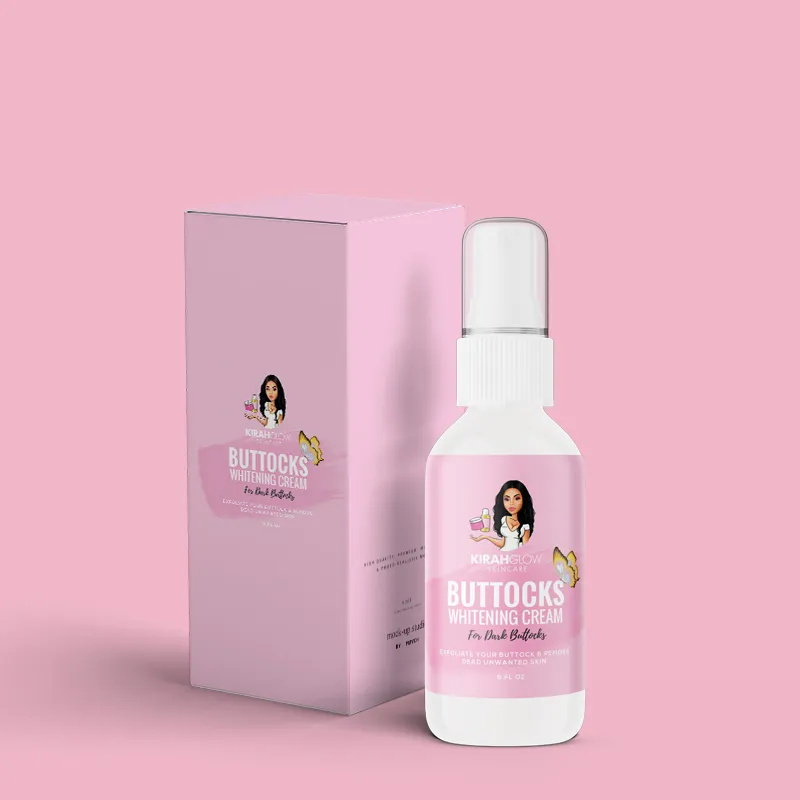
Aloe vera has soothing and healing properties and can help reduce inflammation and promote skin cell turnover. Apply fresh aloe vera gel to the affected area regularly. Its natural compounds can help lighten the skin and improve overall skin health. Aloe vera is a gentle and beneficial ingredient, making it suitable for sensitive skin.
Lemon Juice And Honey
Lemon juice contains citric acid, a natural bleaching agent. Mix lemon juice with honey, which has moisturizing and antibacterial properties, to create a paste. Apply the paste to the affected area for about 15-20 minutes, then rinse. Use caution, as lemon juice can be irritating, and always perform a patch test first. Avoid sun exposure after applying lemon juice, as it can increase sensitivity to the sun.
Turmeric Paste
Turmeric has anti-inflammatory and antioxidant properties. Mix turmeric powder with water or milk to create a paste. Apply the paste to the affected area for about 20-30 minutes, then rinse. Turmeric can help lighten skin and improve its overall tone. Ensure the paste is evenly applied to avoid staining the skin unevenly. Consistent use of turmeric can lead to a gradual improvement in skin tone.
Lifestyle Changes
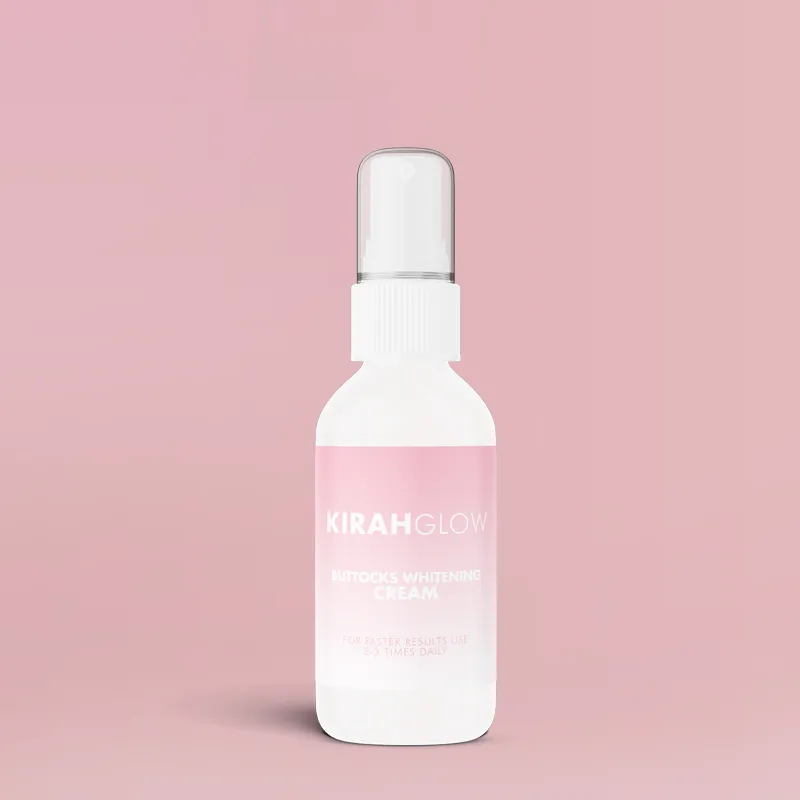
Alongside treatments and home remedies, making lifestyle changes can significantly impact the effectiveness of butt whitening efforts. By addressing the underlying causes of hyperpigmentation and promoting healthy skin habits, you can optimize your results and maintain brighter, more even-toned skin. These changes support the overall health of your skin and reduce the likelihood of future discoloration.
Wearing Breathable Fabrics
Choose breathable fabrics, such as cotton, to minimize friction and reduce the risk of irritation. Tight clothing can trap heat and moisture, creating an environment that can worsen hyperpigmentation. Breathable fabrics allow air circulation, reducing friction and preventing irritation. Wearing loose-fitting, breathable clothing, particularly during exercise or in hot weather, is crucial for healthy skin.
Avoiding Harsh Soaps
Avoid harsh soaps and body washes, which can strip the skin of its natural oils and cause irritation. Opt for gentle, fragrance-free cleansers that won’t disrupt the skin’s natural moisture barrier. Harsh chemicals can exacerbate existing skin conditions and hinder the whitening process. Choosing gentle cleansers helps maintain the skin’s health and enhances the effectiveness of your chosen treatments.
Maintaining A Healthy Diet
A balanced diet rich in fruits, vegetables, and antioxidants can improve skin health. Nutrients and hydration are essential to the skin’s well-being. Foods rich in antioxidants can protect against free radical damage, which can contribute to hyperpigmentation. A healthy diet nourishes the skin from within, supporting the effectiveness of whitening treatments and maintaining a radiant complexion. A healthy diet provides the necessary building blocks for healthy, vibrant skin.
Important Considerations
Before starting any butt whitening treatment, there are some crucial points to keep in mind. Patience is essential because results take time. Additionally, consulting a dermatologist ensures you receive personalized advice tailored to your skin. Taking these factors into consideration will help ensure a safe and effective process toward achieving your skincare goals.
Patience Is Key
Butt whitening requires patience and consistency. Results don’t happen overnight, and it may take several weeks or months to see noticeable improvements. Stick to your chosen treatment plan and be patient with the process. Avoid expecting rapid results. Consistent application and patience will pay off, leading to the desired outcome. Celebrate small victories and stay dedicated to your skincare routine.
Consulting A Dermatologist
Consulting with a dermatologist is always a good idea before starting any butt whitening treatment. A dermatologist can assess your skin type, diagnose the cause of your hyperpigmentation, and recommend the most appropriate and safe treatment options. They can also address any underlying medical conditions that might be contributing to the problem. Professional advice ensures you’re using the right products and methods. A dermatologist can also monitor your progress and adjust your treatment plan as needed.
In conclusion, achieving brighter, more even-toned skin through butt whitening involves understanding the causes of hyperpigmentation, choosing the right treatments, and making lifestyle adjustments. Whether you opt for topical creams, professional procedures, or home remedies, consistency and patience are key. By following the guidance provided in this article and, most importantly, consulting with a dermatologist, you can embark on a journey toward achieving your skincare goals and boosting your confidence. Remember that individual results may vary, so be patient, stay committed to your chosen regimen, and celebrate your progress along the way. Embrace the process and enjoy the journey toward more radiant and healthy skin.
